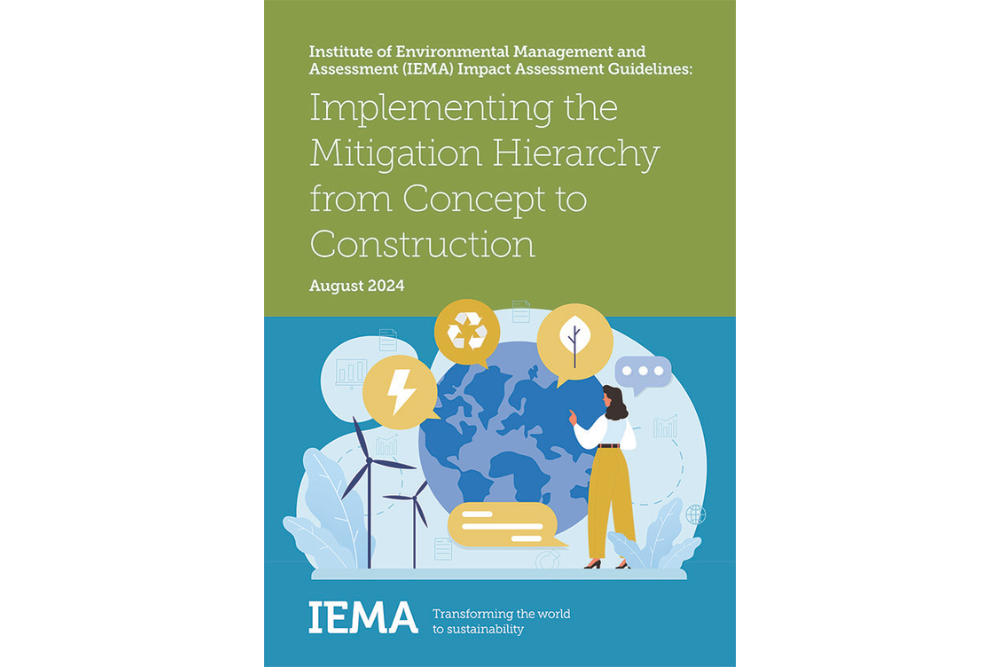Lorem ipsum dolor sit amet, consectetur adipiscing elit. Curabitur eleifend tortor nec augue pretium


Recognising the challenges practitioners face in implementing these principles in practice, IEMA has released its latest Environmental Impact Assessment guidance, Implementing the Mitigation Hierarchy from Concept to Construction.
It provides valuable insights into the practical application of mitigation measures and essential guidance on how to implement the mitigation hierarchy – avoid, prevent, reduce and offset – from a project’s inception. It also outlines strategies for maintaining and communicating these mitigation measures across various phases, including pre-consent assessment, construction, operational phase environmental management systems and eventual decommissioning.
The guidance addresses common challenges, such as inadequate implementation of construction-phase mitigations, insufficient monitoring
and enforcement of environmental conditions, and poor communication between phases. It advises on securing planning conditions, transferring information between phases effectively, and contractor procurement, underscoring the importance of clear and accurate mitigation measures
via well-drafted construction environmental management plans.
It also makes recommendations for monitoring the implementation of mitigation measures and advocates the use of independent environmental clerks of works to ensure adherence to agreed conditions. Building on IEMA’s Shaping Quality Development (2015) and Delivering Quality Development (2016) publications, these updated guidelines support high-quality, sustainable development practices.
See here for details